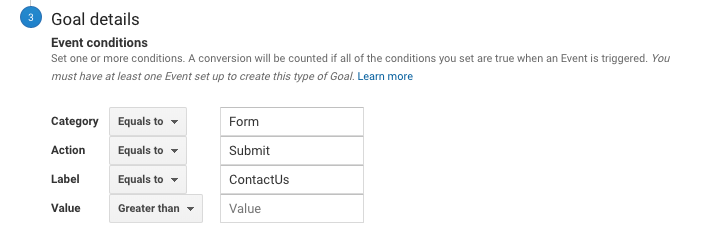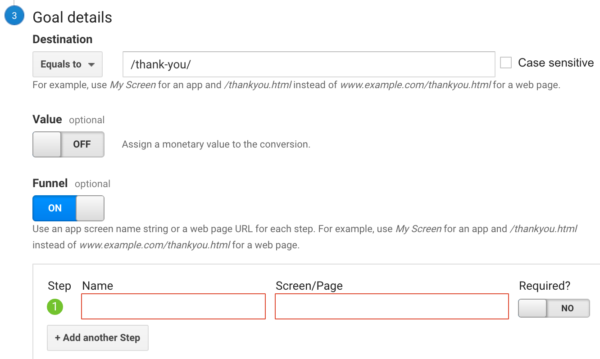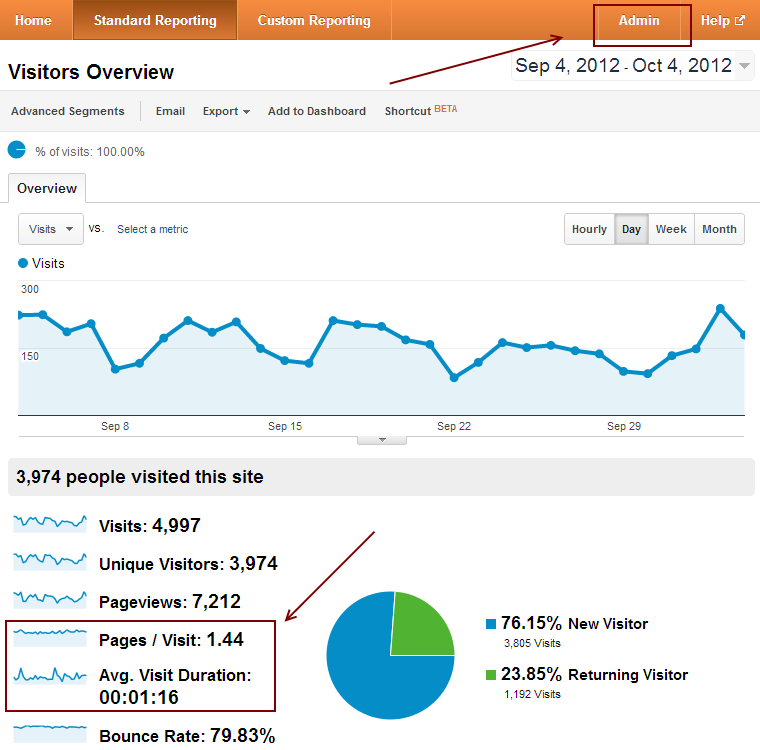What Data Is Google Analytics Goals Unable to Track: Essential Details
Wiki Article
Revealing the Blind Attractions: Recognizing What Google Analytics Goals Can not Measure
In the realm of digital analytics, Google Analytics stands as a powerful device for monitoring and examining on the internet individual interactions. Comprehending what Google Analytics goals can not measure is important for acquiring a detailed view of user actions and involvement.Customer Habits on External Platforms
Understanding just how users interact on exterior systems is vital for enhancing on the internet techniques. External systems, such as social networks networks, recommendation web sites, and on the internet forums, play a substantial function in driving traffic to a firm's site. By assessing user habits on these systems, organizations can acquire important understandings into the efficiency of their advertising and marketing efforts and the choices of their target audience.One secret facet of user habits on exterior platforms is the recommendation resource. By tracking where the users are coming from, organizations can identify which platforms are driving one of the most traffic to their internet site. This information can assist firms allocate their resources better, concentrating on the systems that yield the most effective outcomes.

Offline Interactions and conversions
Evaluating user actions on outside platforms provides beneficial insights into on-line techniques; however, taking into consideration offline conversions and communications is equally vital for an extensive understanding of a firm's general performance. Offline conversions, such as in-store acquisitions or phone queries, play a significant duty in numerous companies' success.
Attribution Beyond Last Click
When diving right into the realm of digital advertising and marketing analytics, it becomes vital to look beyond the single touchpoint of the last click for an extra comprehensive understanding of attribution. While Google Analytics supplies beneficial insights into individual actions, relying entirely on last-click acknowledgment can be restricting - what data is google analytics goals unable to track. Acknowledgment designs that exceed the last click offer a much more nuanced view of the client trip, thinking about all the touchpoints that lead to a conversionAttribution beyond the last click enables marketing professionals to appoint credit scores to different read the article interactions along the conversion path, giving a clearer image of the performance of different marketing networks. By checking out multi-touch acknowledgment versions such as straight, time decay, or position-based acknowledgment, businesses can much better allot their advertising budget plans and optimize their strategies for optimal effect.
Comprehending the influence of each touchpoint in the conversion procedure is vital for making notified decisions and making the most of ROI. By embracing acknowledgment beyond the last click, organizations can get deeper understandings into customer habits and tailor their advertising and marketing efforts more properly.
Cross-Device and Cross-Browser Tracking

Likewise, cross-browser monitoring complements cross-device tracking by recording user habits as they switch over between various internet browsers. Understanding just how individuals connect with sites on numerous browsers can assist online marketers enhance their on-line experiences to ensure consistency and performance throughout various systems.
Qualitative Information and Customer Intent
Recognizing customer intent through qualitative data evaluation is vital for developing targeted digital advertising methods that resonate with the needs and preferences of useful content the target audience. Qualitative data provides insights right into the 'why' behind customer activities, clarifying inspirations, feelings, and preferences that quantitative data alone can not capture. By analyzing customer responses, remarks, and interactions, marketing professionals can discover useful info about user intent, permitting them to customize their messaging, web content, and offerings to much better line up with what their audience is seeking.Qualitative information likewise helps this hyperlink in understanding the context in which users involve with an internet site or app. This contextual understanding makes it possible for marketers to develop even more individualized and appropriate experiences, eventually driving higher involvement and conversion rates. By delving right into individual intent through qualitative information analysis, organizations can get a deeper understanding of their target market, resulting in more reliable advertising strategies that fulfill users' assumptions and requirements.
Conclusion
In verdict, Google Analytics goals have constraints in measuring customer habits on exterior platforms, offline conversions, attribution past last click, cross-device and cross-browser monitoring, and qualitative data associated with individual intent. what data is google analytics goals unable to track. It is necessary for services to be knowledgeable about these blind areas in order to supplement their information analysis with various other devices and methods to get a more thorough understanding of their audience and boost their overall digital advertising and marketing techniquesBy analyzing individual habits on these platforms, services can gain important understandings right into the efficiency of their advertising and marketing efforts and the preferences of their target audience.
Examining user actions on external platforms supplies valuable insights into on-line strategies; nevertheless, considering offline conversions and interactions is similarly important for a detailed understanding of a firm's overall performance.In digital advertising analytics, moving beyond last-click attribution to check out cross-device and cross-browser monitoring is vital for getting a holistic understanding of individual interactions throughout different platforms and gadgets. By analyzing user feedback, comments, and communications, marketing professionals can discover useful info regarding individual intent, allowing them to tailor their messaging, content, and offerings to much better straighten with what their target market is seeking.
By delving into user intent via qualitative information evaluation, companies can acquire a deeper understanding of their target audience, leading to more reliable advertising and marketing approaches that fulfill users' expectations and needs.
Report this wiki page